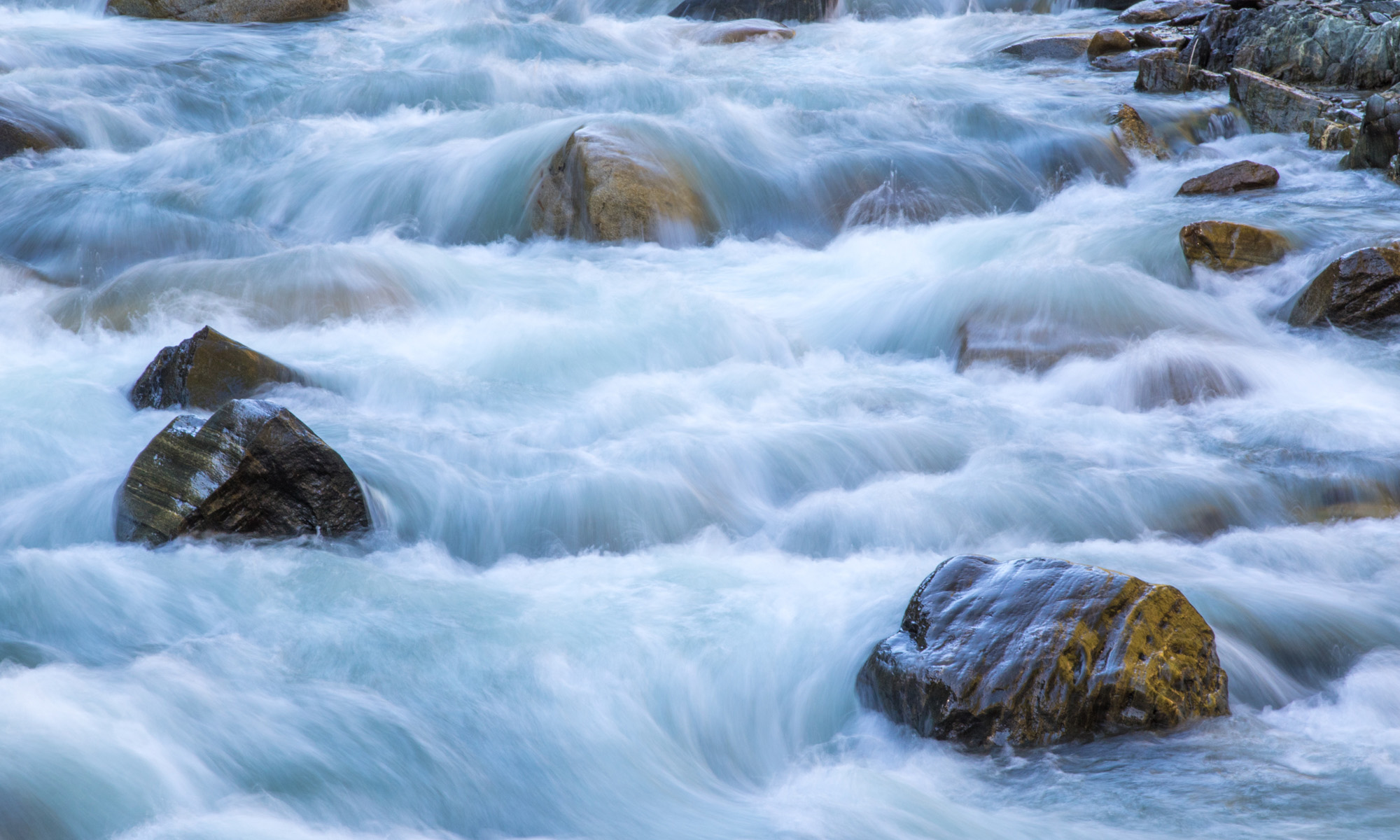Today’s Question: I use the People Mask feature [in Lightroom Classic] and select both facial and body skin. After the adjustment, the faces may look good, but the arms or legs didn’t work out. So, I want to edit the mask to deselect body skin. I don’t see a way to edit the mask. Is it possible?
Tim’s Quick Answer: Yes, you can modify the mask by either removing a component or duplicating the mask and removing the opposite component from each of the two masks.
More Detail: When you create a mask using the People (or Landscape) feature in Lightroom Classic (or Camera Raw or Lightroom) you have the option to either create a single mask for all the elements you selected or to create individual masks for each of those components. If you create a single mask, there may be times that you wish you had created individual masks or not included one of the components.
For the person mask that is described in today’s question, for example, you could simply delete the Body Skin mask component so that only the Facial Skin is being edited. To do so, hover your mouse over the mask components on the Masks panel and click the “more” button (the three dots) to the right of the applicable component, which would be Body Skin in this case. Choose the Delete command from the popup menu, and that component will be removed so that only Facial Skin is still active for the mask.
If you wanted to have two separate adjustments for the two areas, you could duplicate the mask instead and modify the two masks as needed. In this case, for example, you could click the “more” button to the right of the overall mask (not one of the components of the mask that are below the primary mask thumbnail) and choose the “Duplicate” command.
I strongly recommend renaming the overall mask for each of these duplicates to help avoid confusion. To do so, click on the “more” button for the top-level mask and choose Rename, and give a meaningful name to each mask, such as “Body Skin” and “Facial Skin” in this example.
You can then modify both masks as needed. In this case that would involve deleting the Body Skin mask component from the Facial Skin mask and deleting the Facial Skin mask component from the Body Skin mask. This would provide you with two different adjustments, one for the facial skin and one for the body skin, so you can refine the settings for each individually.

